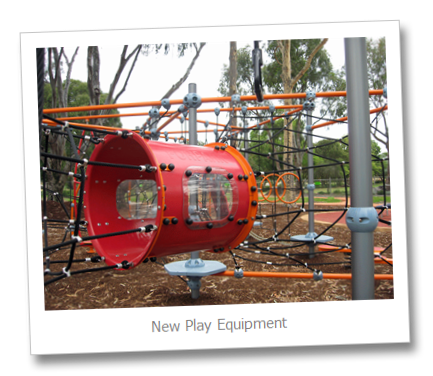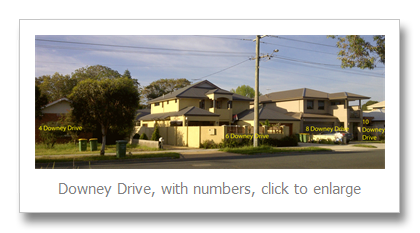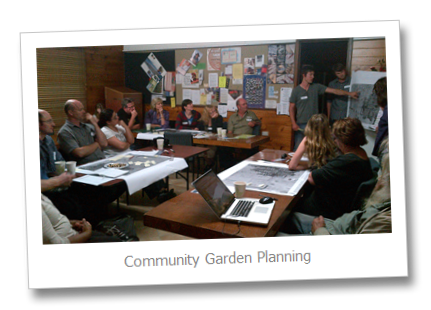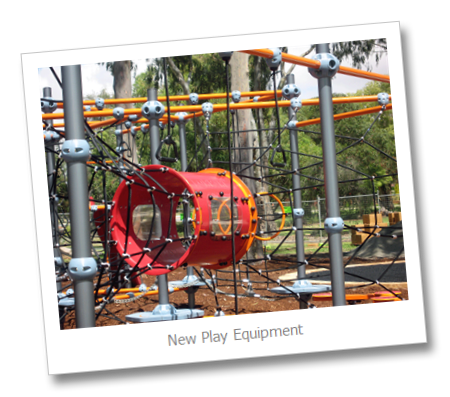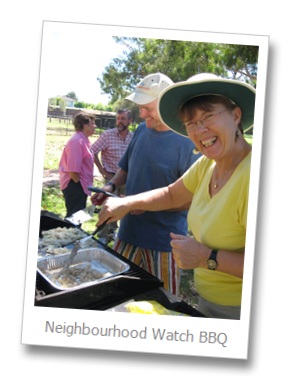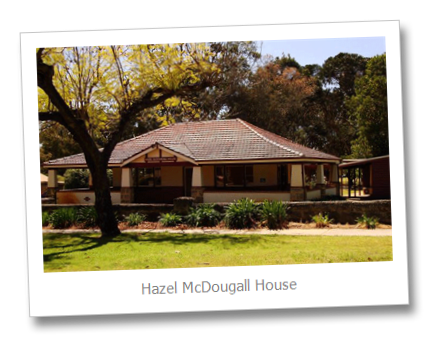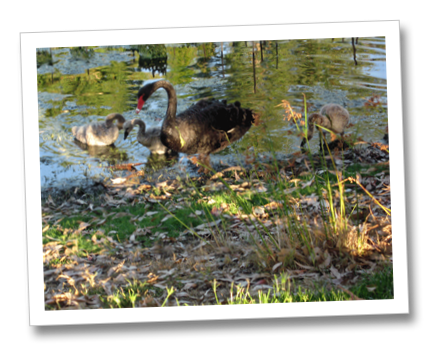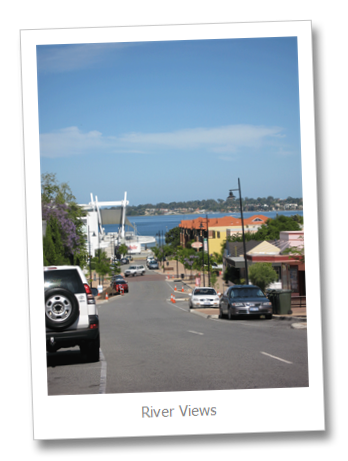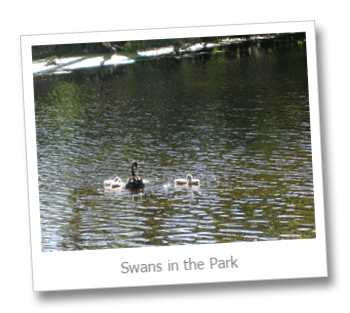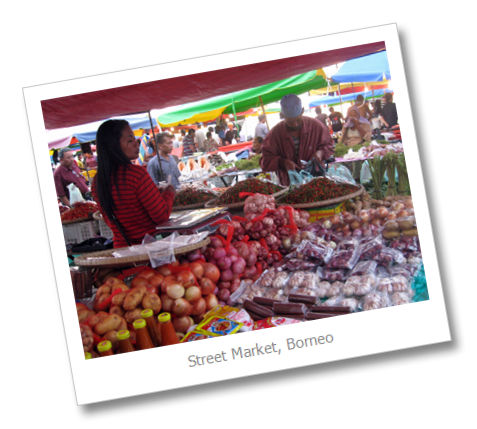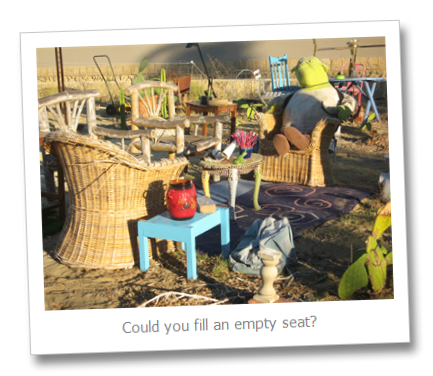What’s a democracy? Is it somewhere that you get to have your say about the law? Here are 2.5 chances to do just that, one about now, one about later. Both are to do with our Councils, what they are and how they work.
For the first, WA State Government has a Local Government Amendment Bill currently progressing through the Lower House; it could reach the upper house next week. It’s all about discipline, payments, investments and underground power. There’s a summary below or you can click here for a full copy and here for explanations. If you’d like to have input you could contact your State MP or you could email me to pass on, or you could click on Comments, at the end of this blog. You should be pretty quick on this one.
Your second chance is to do with the future role of Councils, what they are, what services they provide, how big they are and much more. You can go directly to the Metropolitan Local Government Review web site or read more about the 23 questions below.
Chance three is to say stuff ‘em all, I’m going to make a difference near home. The Great Freeway Clean-up is on for 27 November 2011, between The Narrows and Cranford Av, right past Mill Point and Como. Click
here for more info.
___________________________________
1 Now) Local Government Amendment Bill key components:
- new disqualification provisions for council members so that they cease to hold office when elected to Parliament or when convicted of a major crime
- modifying the current power for the Salaries and Allowances Tribunal to recommend the levels of local government chief executive officer salaries and remuneration to making a binding determination which must be complied with by local governments
- inclusion of a new power for the Salaries and Allowances Tribunal to set the levels of fees and allowances paid to council members
- addition of a new head of power to enable regulations to be made to regulate the types of investments that local government may invest their money in
- clarifying the powers of local government to impose service charges for underground power and the ability for rebates to be paid under the Rates and Charges (Rebates and Deferments) Act 1992
- inclusion of a new power to enable the Minister to suspend a council for up to six months and/or require members of council to undertake remedial action where a council has become dysfunctional
___________________________________
2 Later) Metropolitan Local Government Review
Submissions should be sent to: Metropolitan Local Government Review Panel GPO Box R1250 Perth WA 6844 or mlgr@dlg.wa.gov.au
Submissions can also be made via the website: metroreview.dlg.wa.gov.au
KEY QUESTIONS
1. Do you think there is a need for better local government arrangements in metropolitan Perth? Why? Or why not?
2. If you think there is a need for a better local government system, what should the priorities of the new system be? What should its objectives be?
3. What are the best aspects of local government in its current form?
What is your vision for the future of the Perth metropolitan area?
5. What do you think are the biggest issues facing metropolitan Perth?
6. Do you think local government in metropolitan Perth is ready to face the demands and challenges of the next 50 years? If not, what do you think needs to be changed?
7. Do you think that local government in Perth will be able to deal with national and international issues such as climate change and growing populations?
8. Do you think local government should be responsible for managing these issues, or should they be the responsibility of the State or federal governments?
9. Who should pay for the social and physical infrastructure and services required to cope with these issues?
10. Is metropolitan Perth in a position to be an effective international competitor? If not, what would you change?
11. What do you think about the other governance models discussed here, such as those adopted in Auckland or Vancouver? Which aspects of these models would work in Perth? Which aspects would not work?
12. Do you know of any governance systems that work well elsewhere, either in Australia or overseas, that might work well in Perth?
13. Should more be done by local governments to engage with the community?
14. Should voting be compulsory for local government elections?
15. Does metropolitan Perth have too many local governments? What would be the advantages and disadvantages in reducing the number of local governments?
16. If the boundaries and/or roles of Perth’s local governments are changed, what should be the criteria for doing so? Are the LGAB’s factors (cited above) the right criteria?
17. Should local government boundaries be set by an independent body and reviewed at regular intervals?
18. If Perth’s local government boundaries do not change, how do you think services to communities could be improved?
19. What do you consider are the main roles and responsibilities of local government?
20. In an urban area like Perth, which functions should belong to the State or Commonwealth governments?
21. Are there any State-provided services that local government might be better placed to provide?
22. What do you consider to be the principles of good governance at a local level?
23. Do you think there should be greater State government oversight of issues, such as key performance indicators and senior local government employee appointments and salaries?
___________________________________
Whew, this not being a Councillor is a busy job.
Just click on Comments, below, to have your say.


